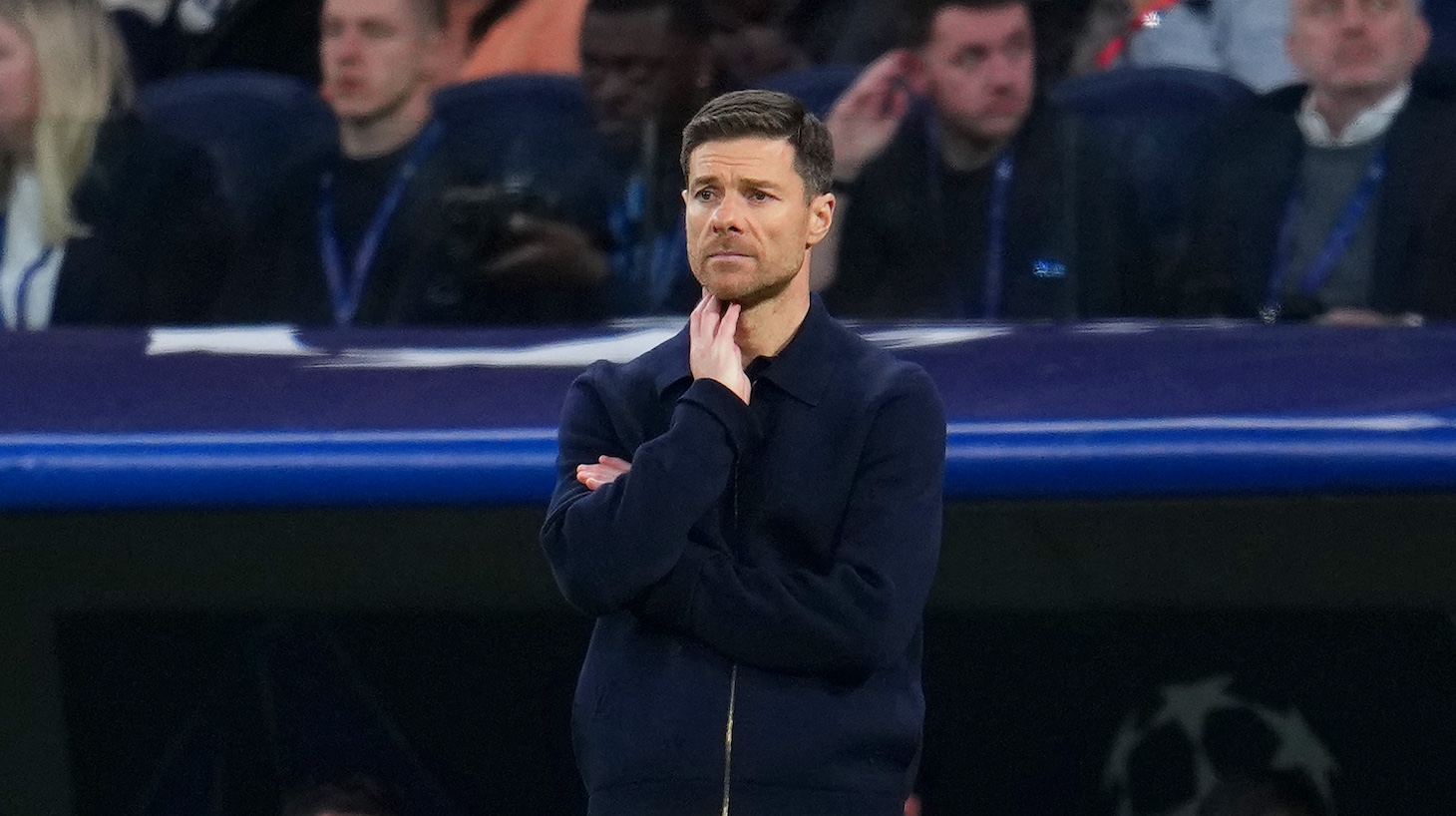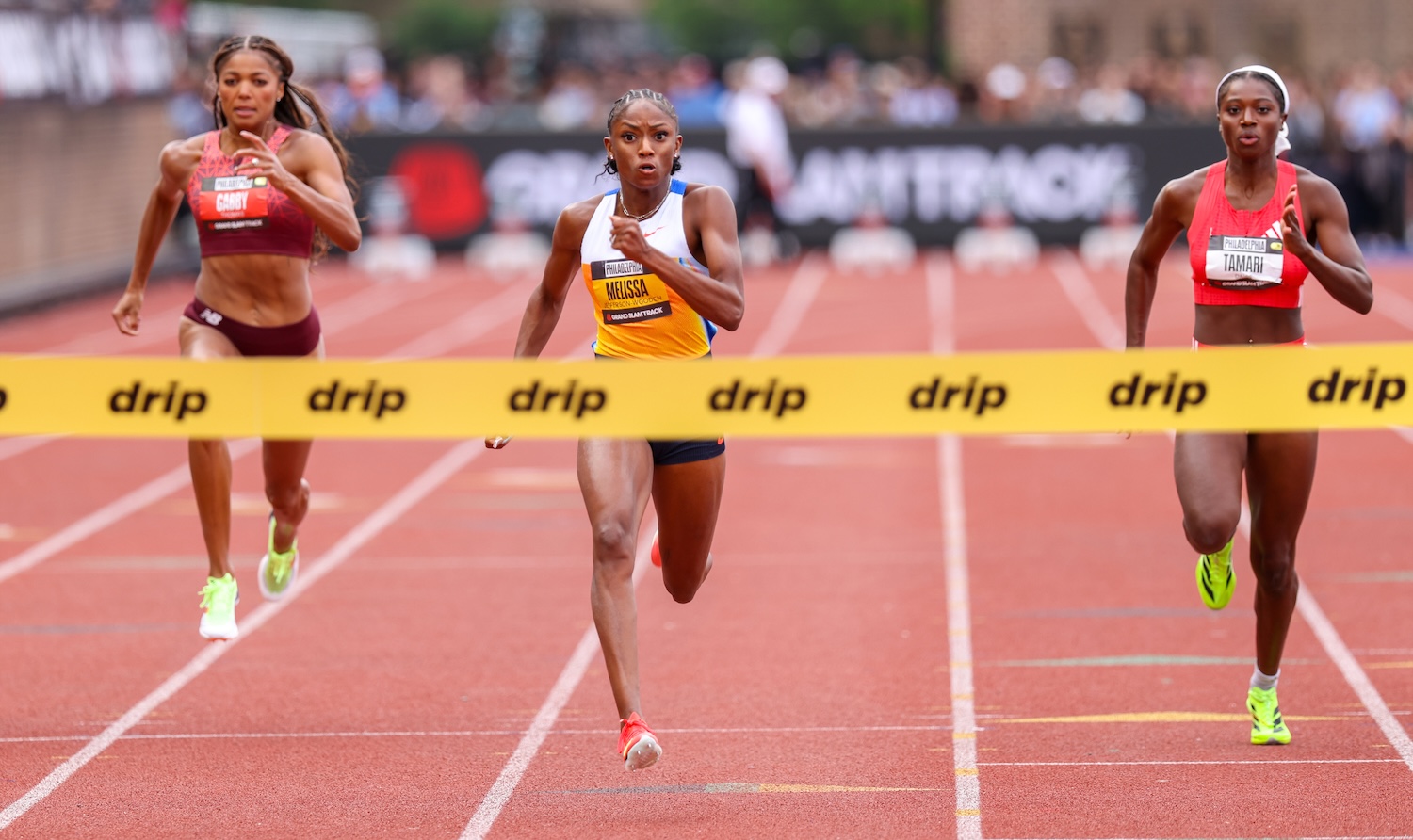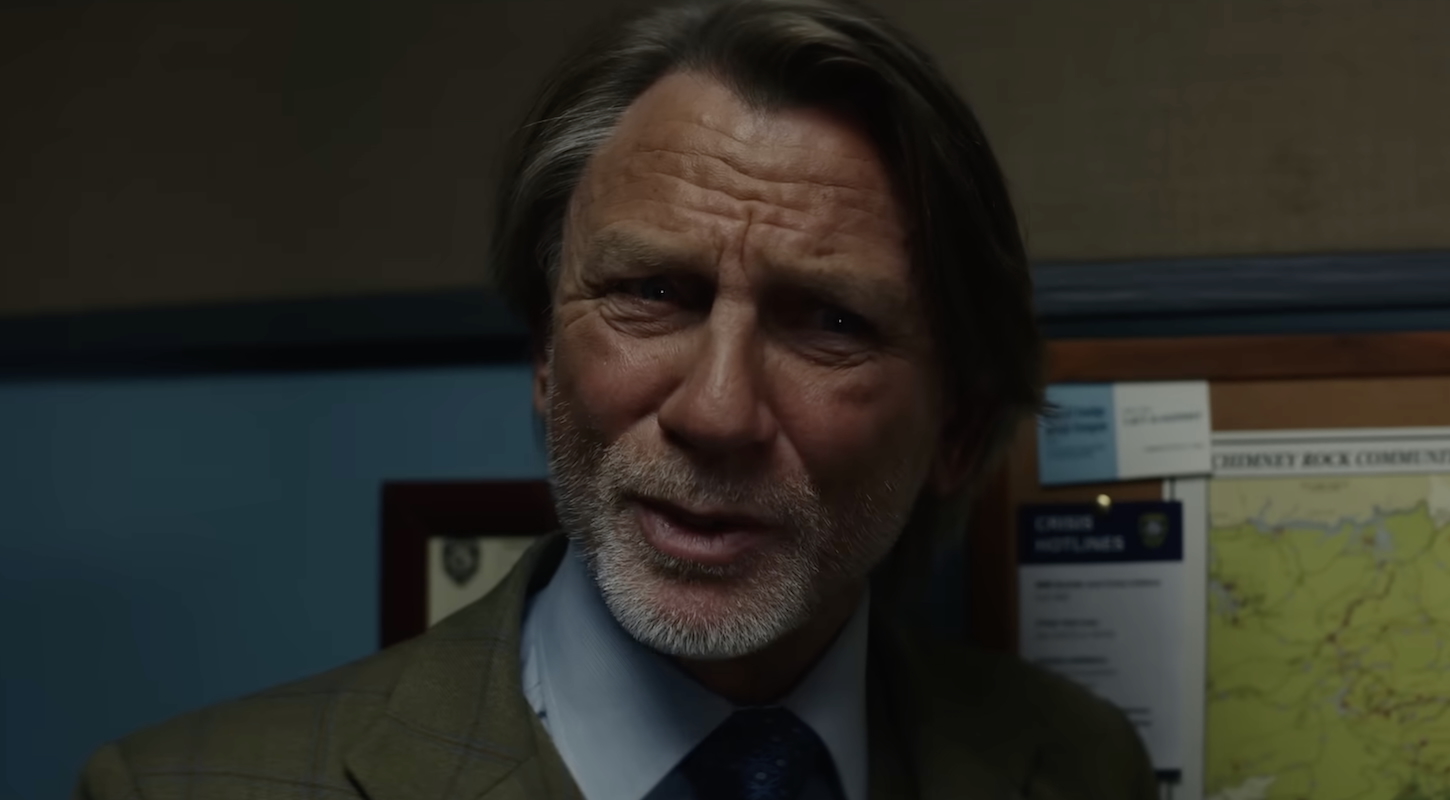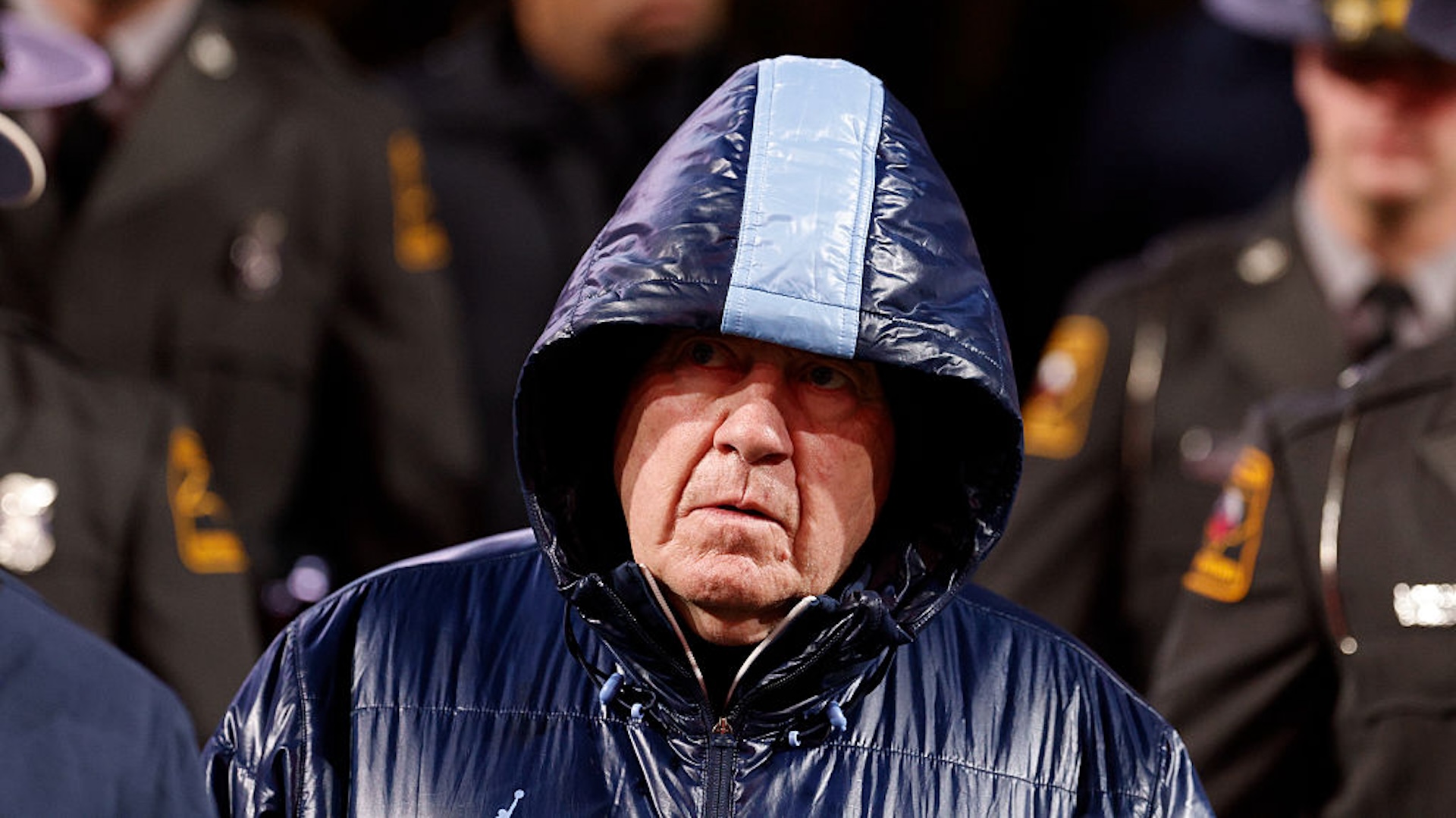How do two former child stars build a billion-dollar luxury fashion brand? By selling the very things money can’t buy.
If Mary-Kate and Ashley Olsen’s brand, The Row, has permeated the imaginations of ordinary people who can’t afford $1,000 sandals, it may be because it’s become synonymous with the abysmal internet brainrot trend “quiet luxury,” a backlash to the labelmania that defined much of 2010s fashion, and perhaps an encapsulation of increasing class consciousness in the years coming out of the pandemic.
Over the last two years, there’s been a rise in people on social media creating content fetishizing old money as an aesthetic, reminding each other that “money talks, wealth whispers” and that the habits of the truly wealthy are subtle and understated. Anyone can theoretically save up for a flashy Louis Vuitton bag, but the pieces shared online glamorized the things money couldn’t buy: birthright, status, whiteness.
Last month, The Row received massive investments from a cohort that includes Chanel owners Alain and Gérard Wertheimer via their fund Mousse Partners, and L’Oreal heiress Françoise Bettencourt Meyers via her firm Tethys Invest. The Olsens are maintaining an ownership stake, but the investments have catapulted the brand to a billion-dollar valuation, a move that has been touted in the fashion press as a major coup for the Olsens, the latest smart move in a series of smart moves over the last 18 years that has solidified The Row as what Puck writer Lauren Sherman called possibly “the first true American luxury brand.”
The Olsens launched The Row in 2006, originally with the goal of creating the perfect white T-shirt. It wasn’t their first foray into fashion; two years earlier, they had started with a line of girls’ clothes for Walmart with the tagline “Real fashion for real girls.” It was accessible and easy, the kinds of clothes you could wear to school. I remember absolutely coveting an asymmetrical floral midi skirt from the collection when I was 13.
If the Walmart line’s tagline was “real fashion for real girls,” The Row’s tagline might be “the very best for the select few.” When they founded The Row, the Olsens were met with a predictable amount of skepticism from the fashion elite. In a 2011 interview with Vogue, Mary-Kate Olsen said of the early days, “People would drill us about fabric, where we’d make it.” In the 18 years since they founded the brand, the Olsens have managed to slowly grow it and develop its aesthetic as the premiere destination for the most reliably pristine basics on the market. “Everything they do is the best version,” Sherman told me, citing their takes on Tevas, Birkenstocks, and trousers as examples.
The irony is that this quiet, understated version of exclusive luxury is only made possible because it’s backed by an empire built on loud—maybe even gauche—movies, TV specials, CDs, toys, and other merchandise made by the Olsens primarily before they were 18. The brand is owned by Dualstar, the company that also owns all of the Olsens’ movies, books, and licensed products. Because of Dualstar’s deep well of financial security, the Olsens have had the freedom to develop The Row exactly as they wanted to, without any rush to turn profits in quick ways like licensing the brand’s name or logo to penetrate middle-class markets with more affordable luxuries (think Michael Kors bags at T.J. Maxx), or expanding into accessories before they were ready to do so.
Restraint is what defines the brand, from its minimal color palette to the focus on materials, cuts, and drape above flashy design or logos. The Row is a rare celebrity brand that has transcended the fame of its owners; while it isn’t a secret that the Olsens run it, they don’t use their celebrity as the primary marketing draw for the brand. I asked the Defector staff to help me come up with a list of comparative celebrity brands that had reached a similar level of success, but all of them (Casamigos tequila, Fenty Beauty, The Honest Company) featured their celebrity founders on their homepages or in advertisements.
That restraint extends to the world the Olsens have built around The Row, as well as their personal lives. For reasons that absolutely make sense, they’ve been incredibly private in their adulthood. They’ve only opened five stores around the world, mostly in the United States, and each location is its own work of art. Phones have been banned at their runway shows, where attendees are provided with notebooks and pencils instead.
If the goal now is to grow The Row as big as possible, these are all counterintuitive decisions. When they started The Row, the Olsens were already as big as they could be. What they wanted from The Row was status, access to the real fashion world, not just the kiddie version afforded to them via their brands at Walmart or JC Penney. In an oral history of the brand with i-D, Ashley said, “We didn’t want to be in front of it, we didn’t necessarily even want to let people know it was us.” In her article about the investment, Sherman wrote, “I can’t begin to properly explain how tough it is to be taken seriously as an American brand in Paris—at Fashion Week; by industry insiders; on the shop floor of Le Bon Marché. The industry is consolidated there, and history matters. And yet, the Olsens have burnished their upper-echelon status in Paris by relocating their runway show and a significant chunk of their operations there.”
The Olsens have managed to stay above the fray with The Row because they could afford to, but now that they’ve taken on significant investments and achieved unicorn status, the restraint that defines their brand will come into conflict with the practical demands of scaling a business. At the very least, decision-making power is diluted beyond the two minds whose priorities are responsible for getting the brand this far, so future decisions will have to please more shareholders.
In a conversation about the deal on the Fashion People podcast, Who What Wear co-founder Hillary Kerr said, “I think that's one of the things that pains me about what's going on in the luxury fashion world as a whole is how quickly people are cycled in and out. They're not given time to really grow into their roles because there's so much money at stake.” As in any business, accepting investments comes with an expectation to turn a profit for shareholders. How you reach that profitability is the result of a multitude of decisions that shape public perception of a brand, from marketing and distribution strategy, to locking up your supply chain or even deciding who holds the coveted title of creative director (Chanel showed at Paris Fashion Week, despite not having had a creative director since June).
If something is cool primarily because it’s rare, and if owning it indicates something about you, your taste, or your breeding, at a certain point that exclusivity comes into direct tension with what’s necessary to continue to grow a business.
However savvy the Olsens have been in building The Row, they are now entering an entirely different realm with this new valuation. It’s not a place known for restraint, because longevity under capitalism requires excess, money on top of more money.
In the cacophony of hype and shareholder returns, the quiet part in “quiet luxury” falls away. It’s easy to forget that even The Row's ludicrously capacious—and sold-out—Margaux bag, with its supple leather and clean lines, is a purse with a purpose: It holds money.







